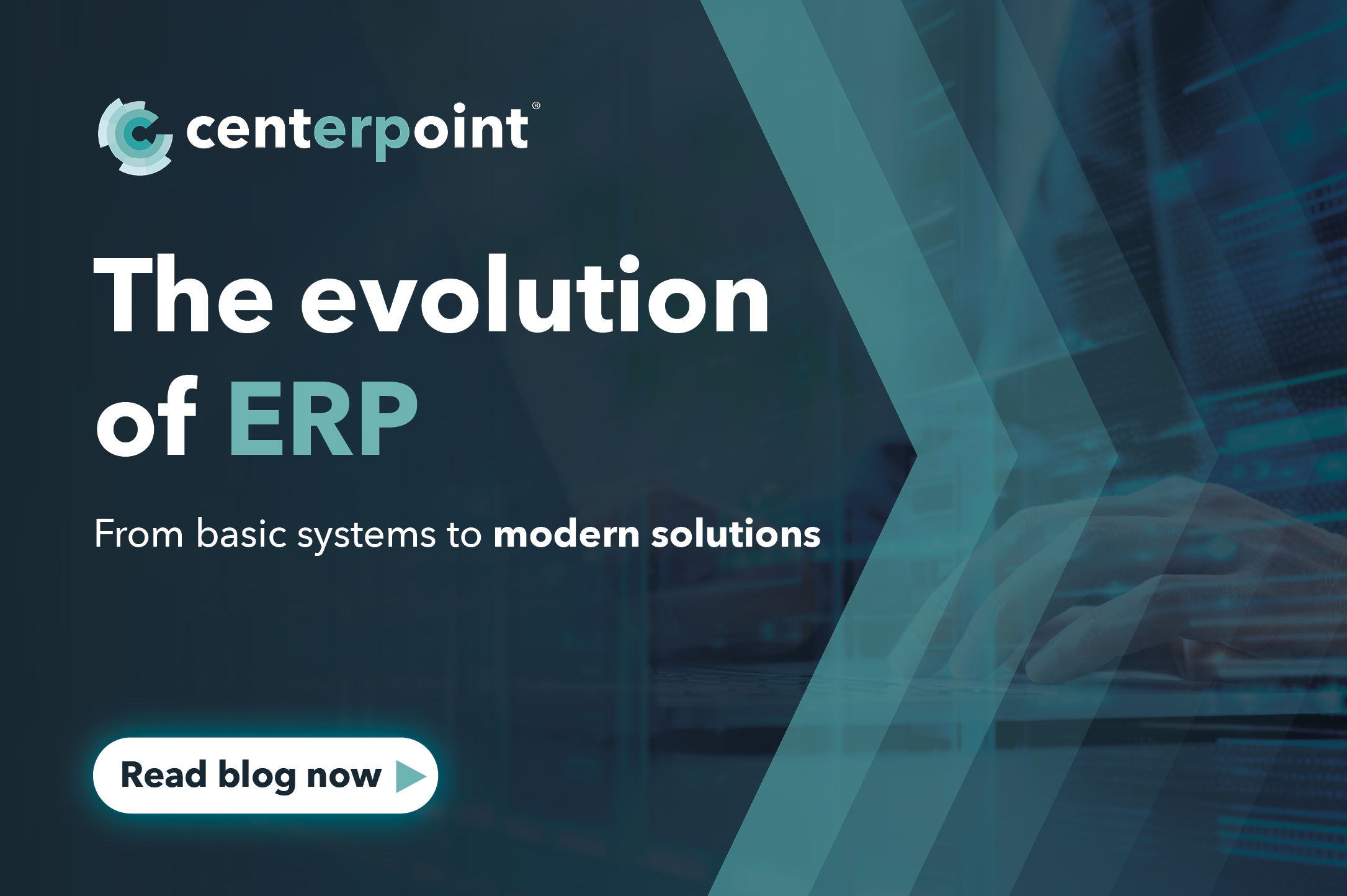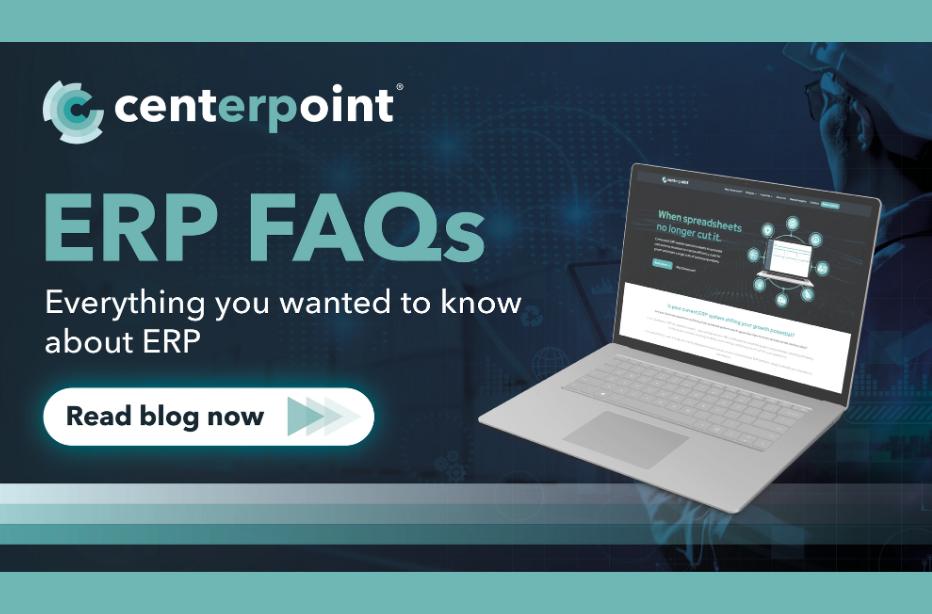An Enterprise Resource Planning (ERP) implementation with Centerpoint ERP is a significant milestone for any organisation. Here are our top 10 steps to ensure a successful ERP implementation for your business or organisation.
1. Define Clear Objectives and Scope
Before jumping into the ERP implementation process, it's essential to establish clear objectives and define the scope of your ERP project. What specific business processes are you looking to improve or streamline? Identify key performance indicators (KPIs) that will measure the success of your implementation.
2. Assemble a Competent ERP Implementation Team
Building a dedicated and skilled ERP implementation team is crucial. This team should include members from key departments representing the diverse needs and perspectives of your organisation. Ensure that team members have a deep understanding of your business processes and are committed to the success of the ERP implementation.
3. Conduct a Comprehensive Needs Analysis
Perform a thorough needs analysis of your organisation's current processes and future requirements. Identify any gaps that need to be addressed by the Centerpoint ERP system. This in-depth analysis will serve as the foundation for system configuration and any customisation requirements.
4. Develop a Realistic Timeline
Establish a realistic and achievable timeline for the ERP implementation. Break down the process into manageable phases, allowing for testing and user training at each step. Communicate the timeline clearly to all stakeholders to manage expectations and promote accountability.
5. Data Cleansing and Migration
Ensure that your data is accurate and clean. Develop a data migration plan that includes data mapping, validation, and testing. This step is crucial for a smooth transition and to prevent data-related issues post-implementation.
6. Customise and Configure Centerpoint ERP
Talk with your Centerpoint ERP expert to meet your organisation's unique requirements (where applicable). Work closely with the implementation team, incorporating best practices and industry standards, leveraging Centerpoint's flexibility to optimise processes and workflows.
7. Comprehensive Testing
Thoroughly test the system in a controlled environment before going live. This includes functionality testing, integration testing, and user acceptance testing. Identify and address any issues promptly to avoid complications during the actual implementation.
8. User Training and Change Management
Invest time in training end-users to ensure a smooth transition. Develop comprehensive training materials and conduct workshops to familiarise users with the new system. Implement change management strategies to address any resistance and foster a positive attitude toward the ERP implementation.
9. Go-Live and Monitor
Execute the go-live phase according to the established timeline. Monitor the ERP system closely during the initial days to promptly identify and address any issues. Establish a support system for users and provide resources to troubleshoot common problems.
10. Continuous Improvement
Post-implementation, gather feedback from users and stakeholders. Use this feedback to make continuous improvements and optimise the system further. Regularly review your objectives and KPIs to ensure the ERP system continues aligning with your organisation's evolving needs.
Centerpoint: ERP Implementation Made Easy
A successful Centerpoint ERP implementation is a journey made easy by our implementation experts. By following these key steps and taking guidance from your Centerpoint expert, your organisation can easily navigate the complexities of an ERP implementation and unlock your business's full potential to drive efficiency and growth.
.png)
.png)

.png)
.png)





